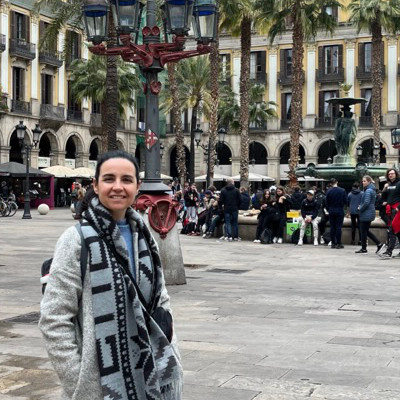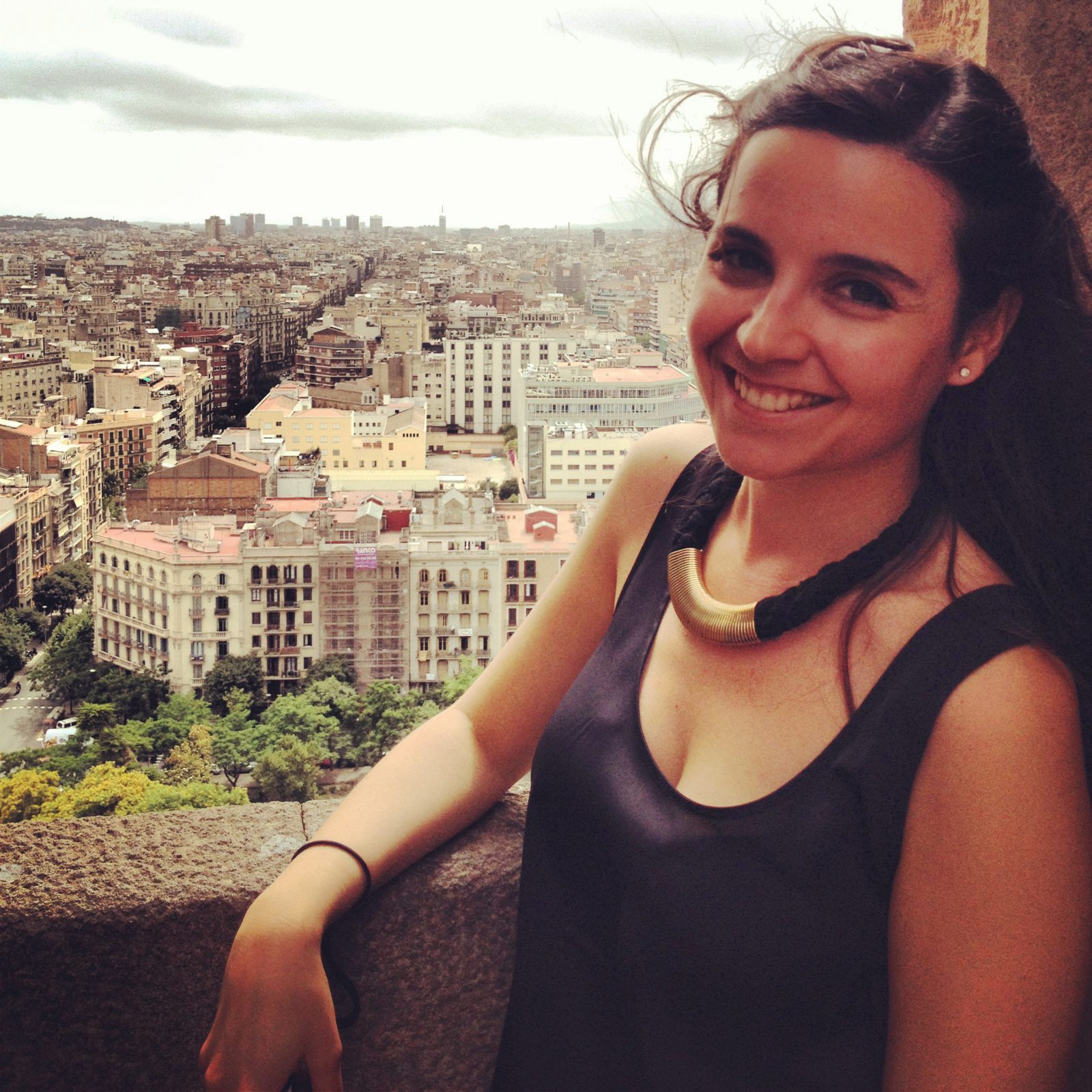Palau Güell is one of the best-preserved works of the brilliant architect Antoni Gaudí and one of the few that he actually completed. Behind the austere façade lies a fantastic building with one of the most beautiful rooftops in the city! It’s no wonder it’s on the UNESCO World Heritage list. For Gaudí enthusiasts, it’s a must-see.
What to see and do at Palau Güell
Palau Güell was Gaudí’s first major commission. His mark is especially visible inside and on the rooftop of the house. Therefore, a visit to this building is well worth the effort.

The Güell family house
Eusebi Güell commissioned Gaudí to build the Palau Güell in 1885. Gaudí knew that Güell wanted to showcase his wealth to friends and acquaintances (the house was used for exhibitions, concerts, and other events), so he created an unusual and daring architectural project. He built a medieval Catalan palazzo with wooden ceilings and innovative solutions for the house’s space and light. He also used a variety of traditional materials such as wood, ceramics, and stone, as well as expensive materials like marble. The richly decorated rooms and the thousands of details in the house’s decor make this one of Gaudí’s most beautiful works.
The house itself consists of a basement and ground floor with a carriage house and warehouse, a first floor for Güell’s offices, a second floor for social life, and a third floor for the family’s bedrooms, followed by an attic and a rooftop terrace. During your visit to Palau Güell, you will see the old carriage house, Eusebi Güell’s office, the imposing central hall with a parabolic dome on the ground floor, the roof with its colorful chimneys, and the bedrooms of the various family members. After a visit to Palau Güell, you can only conclude that Gaudí successfully built a functional palace that adapted to the needs of the Güell family’s private and social life.
The visit to Palau Güell includes access to the permanent exhibition on the furniture of Palau Güell ‘Palau Güell: mirades al mobiliari’, as well as the temporary exhibitions.

The rooftop terrace of Palau Güell
The rooftop terrace of Palau Güell is one of the most magical places of the house and definitely deserves your attention. The rooftop is known for its twenty colorful chimneys and the central 15-meter-high spire. Gaudí turned the roof of Palau Güell into a fairy-tale world, shaped by the beautiful chimneys that look more like sculptures and are covered with pieces of ceramic in different colors (Gaudí’s famous trencadís). The central spire, on the other hand, is covered with stones.
Nits del Palau Güell
During the summer months, unique concerts and music evenings are held on the rooftop of Palau Güell. With your concert tickets, you are also allowed a nighttime visit to the building itself.

History of Palau Güell
The wealthy industrialist, landowner, and politician Eusebi Güell i Bacigalupi was Gaudí’s most important patron. In 1885, when the architect was still unknown, Güell commissioned him to expand his private residence on the Ramblas. Güell’s idea was to build a palace on Nou de la Rambla street that would be connected to their house on the Ramblas. This was Gaudí’s very first major commission. The building was completed in 1890, and it took another five extra years for the finishing and decoration. Since then, Palau Güell has had many uses. For 20 years, it was the Güell family’s home, but during the civil war, it was used as a police station and later, in the hands of the Diputació de Barcelona, it became the venue for the Institut del Teatre and Museu d’Arts Escèniques. After extensive restoration, the building reopened as a museum to the public in 2011.
Palau Güell was declared a cultural heritage of national importance in 1969 and a UNESCO World Heritage Site in 1984. A fitting recognition of the exceptional value of this building, which is an example of a masterpiece and creativity.
It is noteworthy that despite his wealth, Count Eusebi Güell decided to stay in his ancestral home instead of moving to l’Eixample, as the rest of the bourgeoisie did at the time. That’s why we can find such a beautiful modernist building in El Raval today.
👉 Read more about Antoni Gaudí and Catalan Modernism here.
Guided tours in Palau Güell
You can also choose to participate in a 1-hour guided tour during your visit to Palau Güell. The guided tours cost the same as a normal entry but take place only on certain days and times, and you need to buy special tickets for them. Keep this in mind. The tour in English takes place every Friday at 10:30 am and Saturday at 12:00 pm. On Sunday, the tour is in Spanish at 10:30 am and in Catalan at 12:00 pm. During the tour, you visit Palau Güell and learn about its history as the wealthy Güell family’s home.
Visiting Palau Güell for free
Palau Güell is free to visit on the first Sunday of every month. However, you must be extra early, as there are only two times for ticket sales and places are limited! You can go during the morning shift at 10:00 am or in the afternoon at 3:00 pm.
How to get to Palau Güell
Palau Güell is located on a narrow street next to the famous Ramblas, at Carrer Nou de la Rambla number 3-5. The nearest metro stations are Liceu (L3) and Drassanes (L3). Although it doesn’t stand out much from the outside, the long queues already indicate that something important lies behind the walls.
Useful information
Price: €12 per person (€9 for students and seniors (65+) and €5 for children from 10 to 17 years old and for the disabled). Free for children under 10 years old.
Discount for Barcelona Card holders and users of the Ruta del Modernisme.
Opening hours: From April to October, Tuesday to Sunday from 10:00 am to 8:00 pm.
From November to March, Tuesday to Sunday from 10:00 am to 5:30 pm.
Closed on Mondays (except on holidays), on December 25 and 26, January 1 and 6, and during the third week of January for maintenance.
Address:
Carrer Nou de la Rambla, 3-5 08001 Barcelona
Public transport:
Metro: Drassanes (L3), Liceu (L3)
Bus: 59, N9, N12, N15, V13


